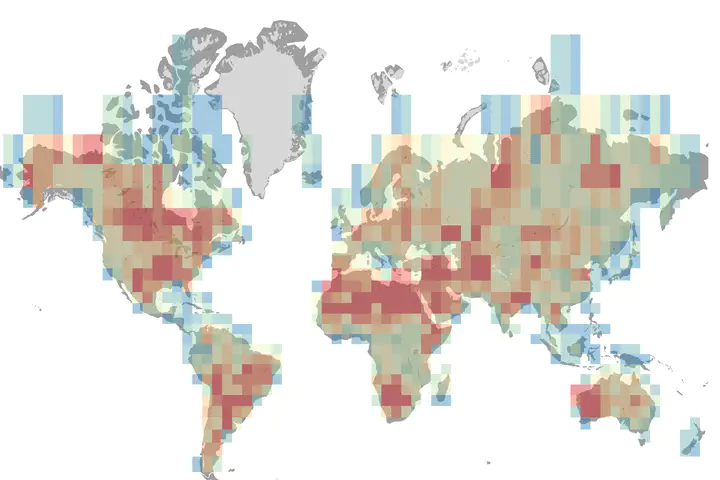Combining Deep Learning and a Sparse Global Dataset of Free Hydrogen Associated Fairy Circles to Inform Exploration into a Potentially Revolutionizing Green Energy Source (NS13C-0528)
 Searching for geologic hydrogen
Searching for geologic hydrogenAbstract
The urgency of the climate crisis has accelerated our need for a suite of scalable green energy sources. A promising and rapidly developing candidate is naturally occurring free hydrogen. A limited number of locations sprinkled throughout the planet have associated subsurface sources of free hydrogen with ~1 km in diameter ovoidal-shaped “fairy circles” visible at the surface in satellite imagery and digital elevation models. To expedite the discovery of these often subtle and poorly understood features, we have developed a deep learning object detection model to scan the planet for their occurrence. While often occurring in low elevation plains, human agriculture can “overwrite” the surface expression of fairy circles, making them even more of a challenge to detect. In an effort to overcome this, and other forms of camouflage, e.g. vegetation, we intentionally over predict with our deep learning model. We then draw on geomorphic and spectral patterns, informed by a sparse dataset of free hydrogen associated fairy circles and a larger dataset of manually identified fairy circles, to constrain which fairy circles are most likely to be associated with geologic hydrogen. Expediting a determination of whether naturally occurring free hydrogen is a viable and scalable alternative energy source is of immediate priority towards achieving a net-zero future.